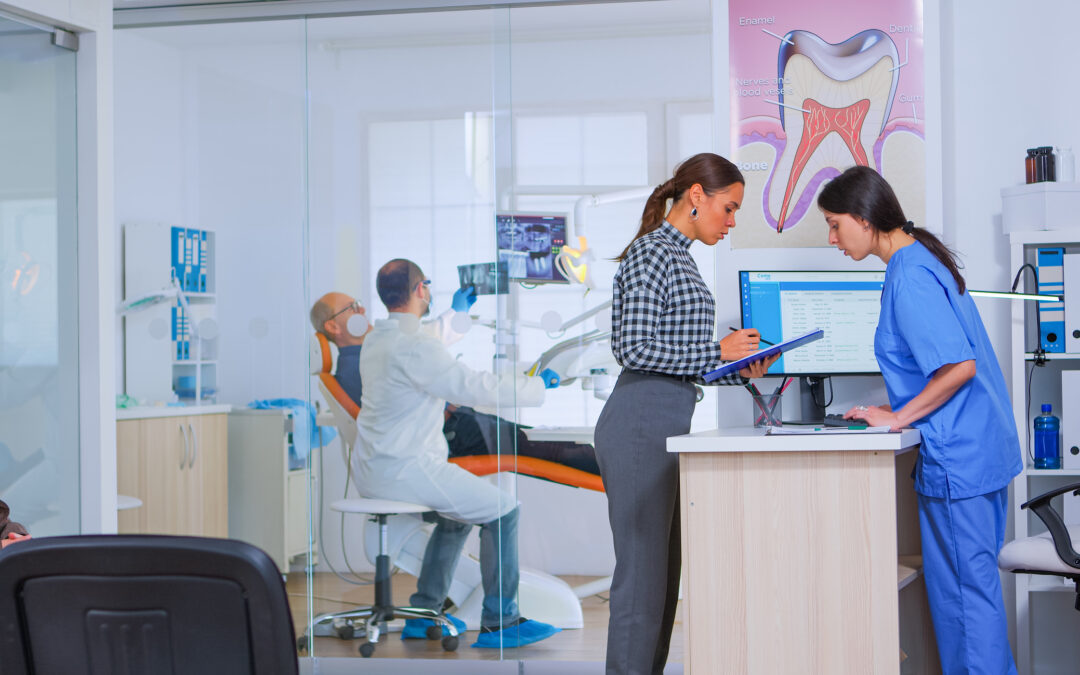A Strategic Cost-Benefit Analysis
In dental care, staying ahead isn’t just about patient satisfaction — it’s a strategic necessity. With increasing pressure to deliver faster, more personalized, and cost-effective treatment, dental clinics must leverage every technological advantage. According to the American Dental Association, digital transformation is redefining how modern practices operate, and one of the most promising advancements is in-house 3D printing. But is the investment worth it?
Let’s break down the numbers, the benefits, and the real-world potential of 3D printing — and see how companies like Nota3D are making the shift more accessible than ever.
The Financial Dynamics: Breaking Down the Costs
At first glance, adopting 3D printing technology may appear costly, but understanding its long-term value reveals a very different story.
Upfront Investment
- Professional dental 3D printers range from $5,000 to $100,000+, depending on their applications — from surgical guides to permanent crowns.
- Nota3D eases this barrier by offering flexible leasing options, making high-end printers accessible without the capital drain.
Operational Costs
- Ongoing costs include resins, post-processing materials, maintenance, and software licenses.
- Nota3D’s extensive materials catalog ensures cost-effective use of specialty resins for everything from dentures to splints.
Savings & ROI
- Outsourcing dental appliances can cost hundreds per case. In-house production significantly reduces per-unit cost.
- Clinics can save 50–80% per prosthetic unit over time, while also speeding up production and reducing patient no-shows due to long waits.
Bottom Line: Clinics often recoup their initial investment within 12–18 months, particularly those with high patient volume or multiple restorative procedures.
Transforming Patient Care Through Innovation
Beyond financials, in-house 3D printing transforms the clinical experience — not just for providers, but also for patients.
Customization & Personalization
3D printers allow for rapid production of:
- Crowns
- Aligners
- Surgical guides
- Temporary bridges
This enables dentists to offer tailor-made solutions that are more accurate and comfortable than traditional methods.
Speed & Efficiency
- Traditional outsourcing takes 7–14 days. With 3D printing, models and restorations can be delivered in a single visit.
- This chairside convenience fosters patient trust and enhances clinic efficiency.
Unparalleled Precision
Advanced CAD/CAM and slicing software like 3D Sprint and exocad work in tandem with printers to deliver:
- Consistent accuracy within microns
- Minimal post-processing time
- Fewer remakes or adjustments
This results in higher-quality care, fewer appointments, and improved clinical outcomes.
Industry Trends: 3D Printing as a Cornerstone of Modern Dentistry
The impact of 3D printing goes well beyond prosthetics. It is fueling a wider shift in the way dentistry intersects with technology, research, and education.
Education & Training
- Anatomical models – Dental schools and institutions use 3D printing to create anatomical models for student training, making learning more hands-on and less reliant on cadaver-based instruction.
- Research & Prototyping – Researchers utilize the technology to test new biomaterials, develop experimental devices, and run simulations for complex surgical procedures.
- Cross-Industry Collaboration – 3D printing facilitates communication between dental, orthodontic, and surgical teams by producing accurate physical models for interdisciplinary planning.
Nota3D: Making Innovation Accessible
Nota3D isn’t just a supplier — it’s a partner in transformation. With tailored consulting, training, and responsive support, dental clinics can confidently adopt 3D printing.
Highlights include:
- Leasing & financing options that fit every budget
- Material matching guidance for specialty applications
- Software integration support to ensure smooth adoption
Investing in in-house 3D printing is more than just a technological upgrade — it’s a strategic move to elevate your practice. With clear cost savings, enhanced patient outcomes, and increased operational control, the question isn’t if your clinic should adopt 3D printing — it’s when.
And with partners like Nota3D guiding the journey, the path to innovation is more accessible — and profitable — than ever before.
